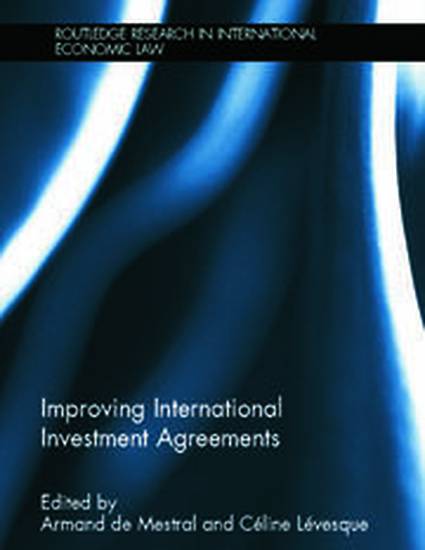
- Investment,
- BITs,
- Taxation,
- Discrimination,
- International Investment Agreements,
- Tax Treaties
Tax treaties and international investment agreements (“IIAs”) have much in common. They share the same purpose of facilitating foreign direct investment (“FDI”), and they provide similar legal protections, such as prohibitions of discriminatory treatment of non-nationals and access to binding dispute resolution. Among other objectives, they are intended to reduce risk and create security and predictability, allowing investors to plan and carry out commercially viable activities under the protection of an international legal regime . In this sense, they both contribute to ensuring the sustainability of FDI and the legal regimes that support it. There are other similarities as well. Tax treaties and IIAs have proliferated in tandem during the recent period of intensified globalization. Indeed, they are often negotiated with the same country in close temporal proximity. The same international organizations, the OECD and the UN, have been instrumental in setting standards and drafting models. This chapter examines the interaction of tax treaties and IIAs from a Canadian and international perspective.
